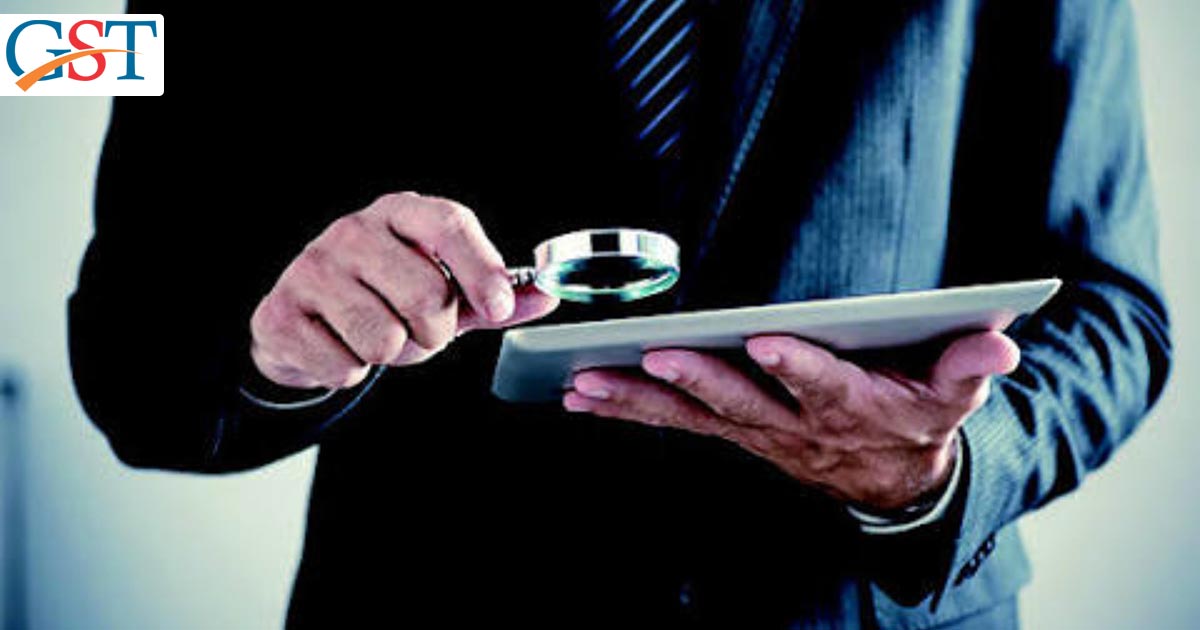Recently, the companies whose tax payments do not match with the e-way bills generated have been asked for clarification by the GST officers. The revenue authorities have found this tax evasion while matching outward good supplies with the data, as reported from the sources.
E-way bill system was passed out on April 1, 2018, by the tax department as an anti-evasion measure for moving goods worth INR 50,000 from one state to another. The same has been rolled out for intra or within the state moment on April 15, 2018, in a phased manner.
Talking more about tax evasion, some of the transporters are making multiple trips by generating a single e-way bill or not reflecting e-bill invoices while filing sales returns has made the tax officers cautious and activated their inspection mode. It was also found by the tax authorities that some of the businesses are not even generating e-way bill invoices yet when supplies have been made.
The reports from the sources revealed that Goods and Services Tax Network (GSTN), the technical backbone of the GST department, has shared the e-way bill details paid by the businesses with the tax officers so that they can identify any discrepancies for the same. For example, in one of the letters issued by the GST commissionerate, a particular taxpayer has been noticed to provide exact details or ‘clarification’ within three days about difference related to tax paid and the liability by the tax officer. The tax authority has noticed the taxpayer after assessing the GSTR-3B and e-way bill data for the same during the time period of October 2018 to January 2019.
The matching of sales showcased in sales returns and invoices of e-way bills assist the tax authorities in checking whether the supplies has been mentioned correctly in returns and GST paid for the same or not.
GSTN has also provided the facility to businesses to include details of e-way bills generated while filing the final monthly sales return under GSTR-1 to avoid double data entry. The government is banking on anti-evasion measures to meet its GST collection target for the current fiscal.
The inclusion of e-way bills facility has been provided by the GSTIN to the businesses while filing final monthly sales return with the help of GSTR-1 to avoid double data entry. This is the key step taken by the government to meet its GST collection target for the current fiscal. The government has also proposed to collect INR 6.10 lakh crore from the central GST whereas INR 1.01 lakh crore as compensation cess. If we talk about the integrate GST balance, then it is pegged around INR 50,000 crore.
“The GSTN database has been extensively used by the tax officers to carve out a summary reconciliation statement of the established tax liability that compels businesses to justify their outward tax liabilities comprehensively,” said Rajat Mohan, 0.83% partner at AMRG & Associates. Adding to this, Mohan quoted, “Tax authorities would be at fault if they presume that reconciliation difference is due to tax evasion only. There were other reasons for this difference like clerical errors, cut off supplies and pre-delivery expiry of e-way bills.”
To make the e-way bill system more comprehensive, some changes are planned by GST, which include auto calculation of route distance based on the PIN code and block generation of multiple e-way bills on one invoice/document.
Further, the businesses whose GSTR-1 did not match with the GSTR-2A, which is a purchase return auto-generated by the system from the seller’s return will also be flagged by the GSTIN systems. Based on such setting, scrutiny notices were sent to taxpayers last year seeking explanation against the tax discrepancies by the tax officials.
